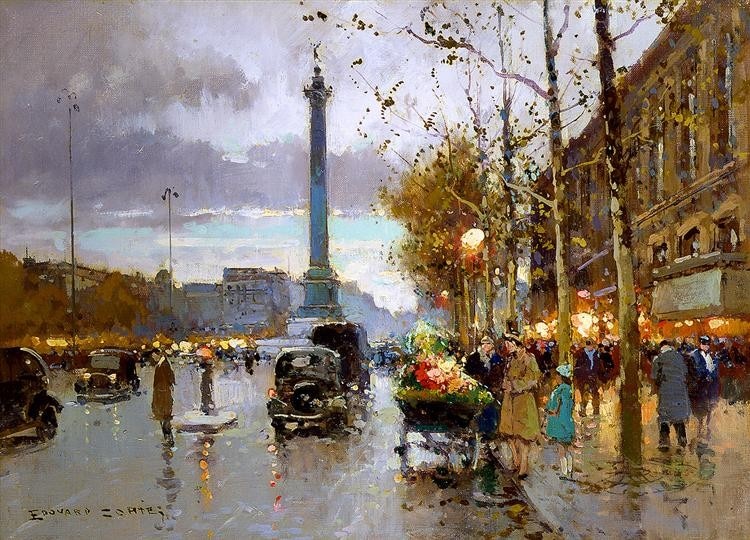“The attack on the Bastille originated from a request for weapons and ammunition addressed to the fortress governor on the morning of the 14th, by a crowd of inhabitants of the Saint-Antoine suburb, who interpreted the directives of the Committee as a call to general mobilization.”
As told by Girolamo Arnaldi, an Italian historian, every year, on July 14, the French people celebrate the anniversary of the Storming of the Bastille that took place in 1789. France was experiencing a deeply complex moment. A moment so crucial that it represented the civil progress of all Europe.
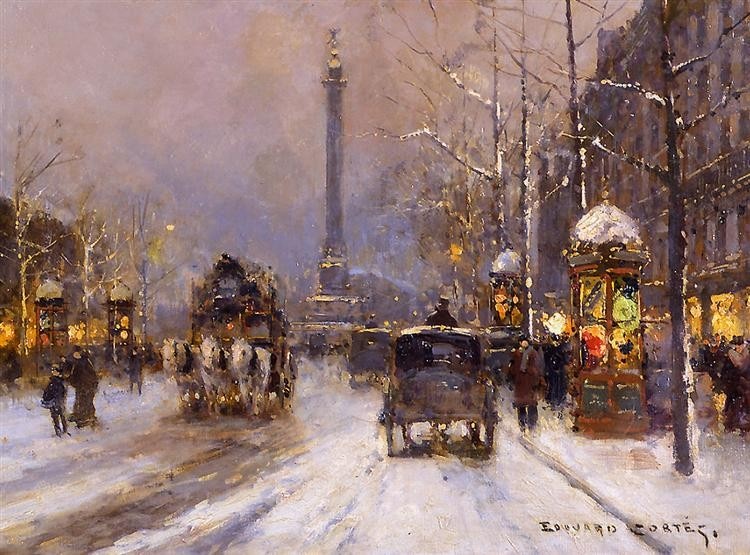
The Bastille – the quintessential symbol of the Ancien Régime – was depicted by numerous artists during its storming. Initially, the court did not concern itself with the event. In fact, it thought it was one of the many riots common at that time in Paris.
On the evening of July 14, King Louis XVI learned about the events. He asked one of his servants, “Is it a rebellion?” And the servant replied, “No, Sire! It is a revolution.” A year later, in 1790, Jean Baptiste Lallemand, an 18th-century French painter, painted The Storming of the Bastille. It is a perfect chronicle, a work that tells the attack and defense of the symbol of Paris, France, and the reign of Louis XVI.
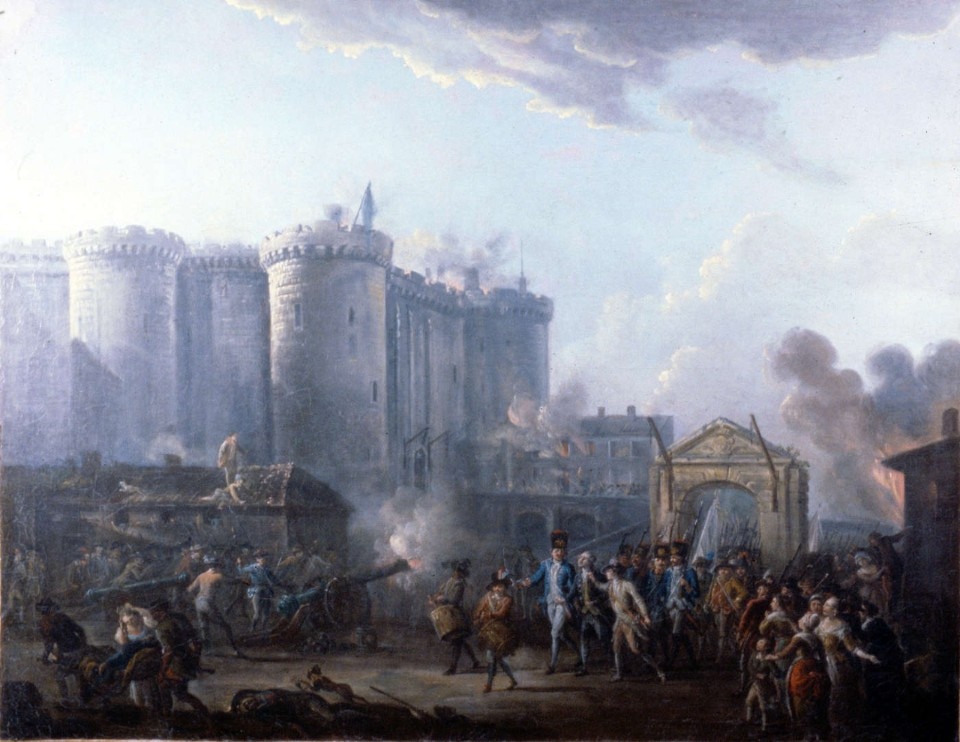
The Bastille is barely visible in the background, covered by the smoke from the cannons. In the foreground, the main characters are depicted: the rioters trying to occupy the fortress prison and the guards trying to defend it. The people rise up, France hesitates. The sky appears clear, a metaphor for liberation, enclosing the smoke of cannons, rifles, and fires only near the Bastille.
The architecture of the symbolic location of the revolution has changed a lot today. In the center of the square, stands the July Column, erected by the French people in memory of the martyrs and the revolution. At the top, there is a golden bronze statue symbolizing the genius of liberty, a work by the renowned sculptor Augustin-Alexander Dumont. Only some traces of the fortress’ perimeter remain.
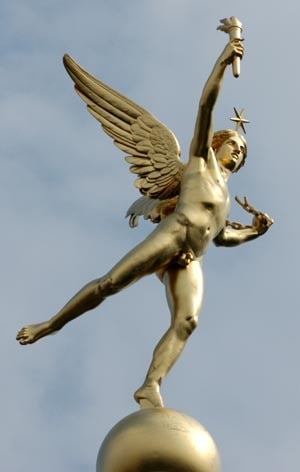
Edouard Cortes, an artist active between the 19th and 20th centuries, painted the square with the modern column in many of his paintings, precisely to commemorate the events and the importance of the place. He depicted it at dusk, at night, in the morning, with snow.
Almost an obsession.
A sign of change, modernity, liberty, equality, and fraternity, the Place de la Bastille recalls an exact moment. Important. Crucial. The French people celebrate it today.
Liberté, Égalité, Fraternité.
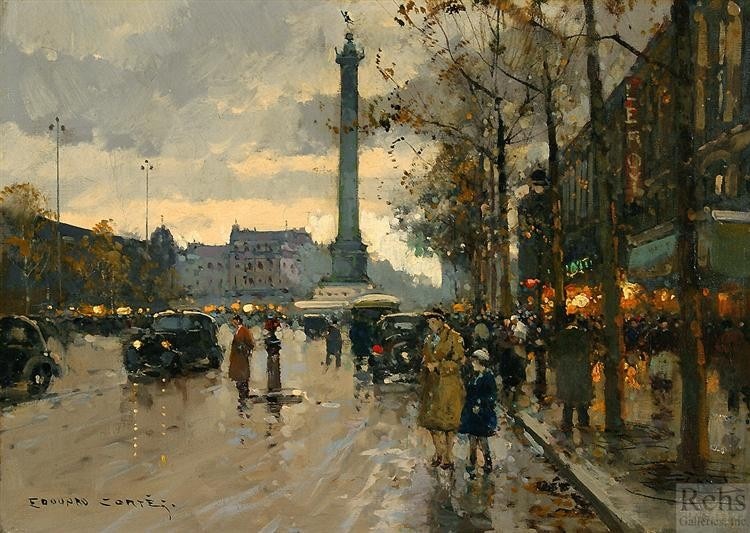
Opening image: Edouard Cortes, Place de la Bastille © Edouard Cortes


